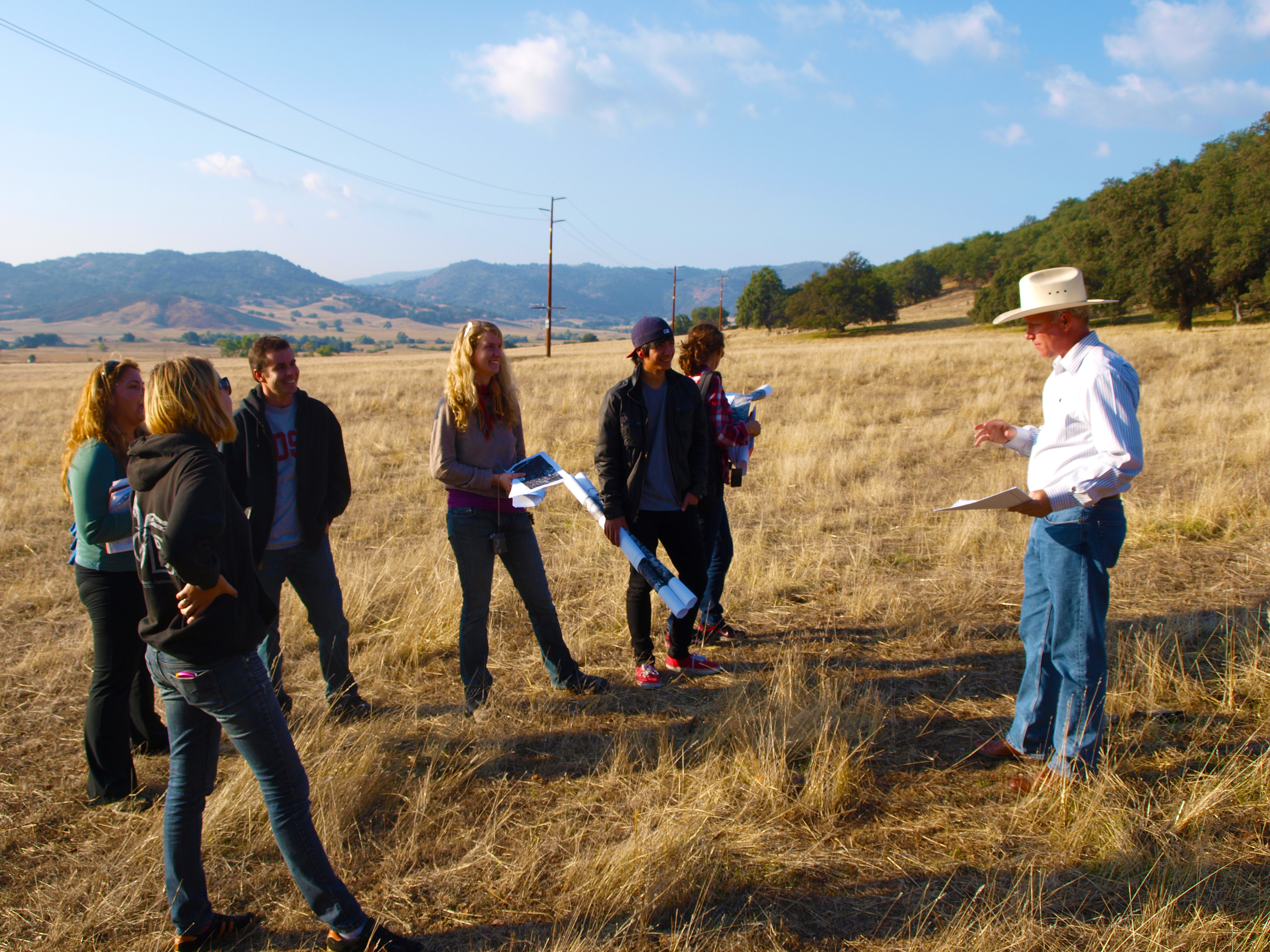Timothy M. Smith, PLA, ASLA, CLARB
As I look back at my professional experience and what has influenced my understanding of this profession of landscape architecture, I am reminded of several experiences in my life. My childhood had a tremendous influence on me as a landscape architect in that I experienced life on two farms in Kentucky, one of which was a cattle and crop farm and the other was a horse farm; and later I was exposed to life in the desert and mountains of southern Arizona. These experiences gave me a great appreciation for the importance of designing to preserve nature and our environment. They also taught me how to “see” the landscape beyond the surface of what our eyes see and to understand the ecosystem in which we are designing.
As a landscape architect, I work to share this understanding with clients. Two books that have helped to explain more clearly what used to be only “hunches” about the importance of experiencing nature are “Last Child in the Woods,” and “The Nature Principal,” both by Richard Louv, in which he discusses how our senses are being numbed by our lack of attention to nature.
After graduating from the University of Arizona in 1986 with a Bachelor of Landscape Architecture, I had the great experience of traveling and working throughout Latin America and Europe where I was able to gain valuable insight to the cultures, landscapes and gardens. While in the Netherlands, I worked for the landscape architecture firm of Bureau Bakker en Bleeker assisting with the master planning of the city center of The Hague. Here I learned from Sylvia Karres, now with Karres en Brands, the importance of asking one’s self what a space is or reflects before beginning to design.
Sustainability
Having studied and worked in the harsh climate of Tucson, Arizona, I learned to look at the project site to determine ways in which the design will conserve water and energy as well as provide the opportunity for the project to be sustainable. It is important to understand that achieving these goals does not have to have a negative impact on the aesthetic quality of the space. As a matter of fact, they should be used to enhance the beauty and meaning of the project.

